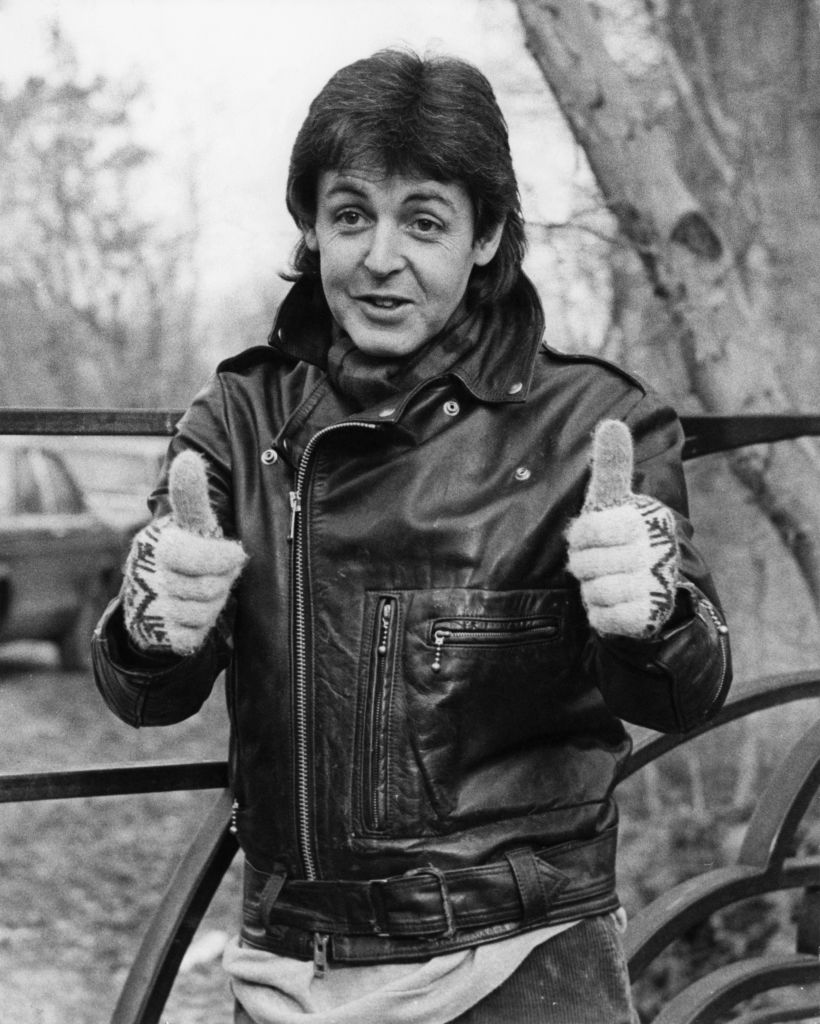

McCartney refused to sign the management contract with Klein, but he was out-voted by the other Beatles. On 8 May, Klein was named sole manager of the band, the Eastmans having previously been dismissed as the Beatles’ lawyers. Further conflict ensued, however, and financial opportunities were lost. Agreement could not be reached, so both Klein and the Eastmans were temporarily appointed: Klein as the Beatles’ business manager and the Eastmans as their lawyers. Lennon, Harrison and Starr favoured Allen Klein, who had managed the Rolling Stones and Sam Cooke McCartney wanted Lee and John Eastman – father and brother, respectively, of Linda Eastman, whom McCartney married on 12 March. New strains developed between the band members regarding the appointment of a financial adviser, the need for which had become evident without Epstein to manage business affairs. Five weeks later, engineer Glyn Johns, whom Lewisohn describes as Get Back‘s “uncredited producer”, began work assembling an album, given “free rein” as the band “all but washed their hands of the entire project”. Ultimately, what would be their final live performance was filmed on the rooftop of the Apple Corps building at 3 Savile Row, London, on 30 January 1969. After the rehearsals, the band could not agree on a location to film a concert, rejecting several ideas, including a boat at sea, a lunatic asylum, the Tunisian desert, and the Colosseum. Preston received label billing on the “ Get Back” single – the only musician ever to receive that acknowledgment on an official Beatles release. To alleviate tensions within the band and improve the quality of their live sound, Harrison invited keyboardist Billy Preston to participate in the last nine days of sessions.

#Paul mccartney 1969 tv
His bandmates agreed, and it was decided to salvage the footage shot for the TV production for use in a feature film. He also demanded they cease work at Twickenham Film Studios, where the sessions had begun, and relocate to the newly finished Apple Studio.
.jpg)
Upon returning, he threatened to leave the band unless they “abandon all talk of live performance” and instead focused on finishing a new album, initially titled Get Back, using songs recorded for the TV special. Irritated by McCartney and Lennon, Harrison walked out for five days. It was a time when relations between the Beatles were at their lowest ebb.” Lennon described the largely impromptu sessions as “hell … the most miserable … on Earth”, and Harrison, “the low of all-time”. Martin said that the project was “not at all a happy recording experience. Originally intended for a one-hour television programme to be called Beatles at Work, in the event much of the album’s content came from studio work beginning in January 1969, many hours of which were captured on film by director Michael Lindsay-Hogg. The project’s impetus came from an idea Martin attributes to McCartney, who suggested they “record an album of new material and rehearse it, then perform it before a live audience for the very first time – on record and on film”. From Wikipedia, here is what happened to The Beatles in 1969:Īlthough Let It Be was the Beatles’ final album release, it was largely recorded before Abbey Road.


 0 kommentar(er)
0 kommentar(er)
